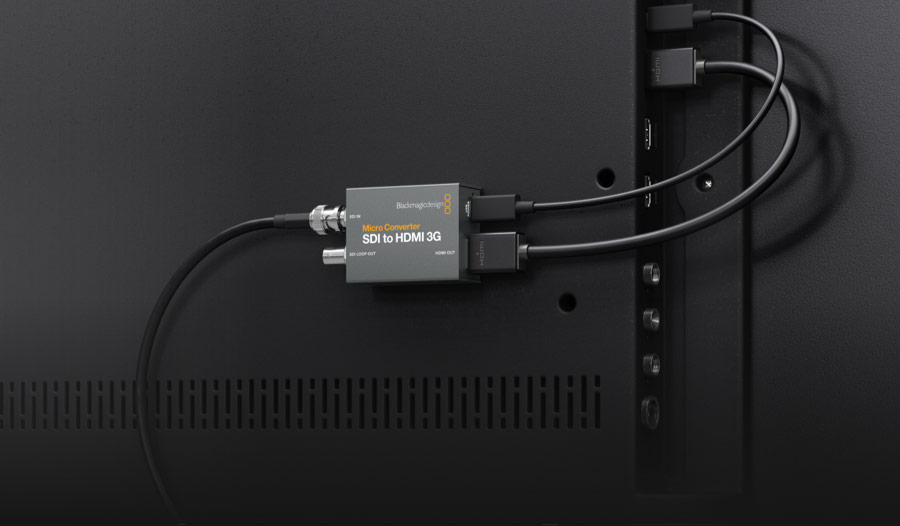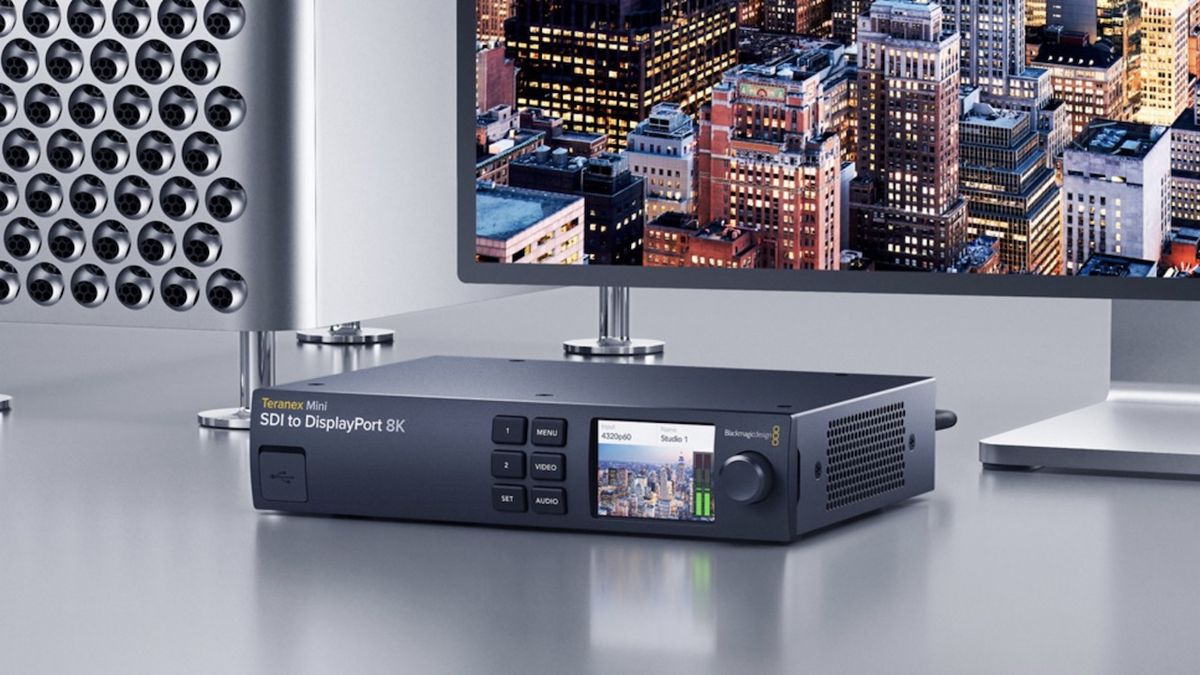

- #BLACKMAGIC DESKTOP VIDEO MAC DISPLAY SETTINGS PRO#
- #BLACKMAGIC DESKTOP VIDEO MAC DISPLAY SETTINGS PROFESSIONAL#
Each cue is assigned to a surface, and then all the cues playing simultaneously to a each surface are composited and sent to the actual physical displays. Once these cues are running, the imagery that they produce is all treated the same way by QLab. Text cues render styled text as still images. Camera cues play live video from webcams, Blackmagic Design video capture interfaces, and other programs on your Mac via Syphon. Video cues in QLab play back pre-recorded video or still image files on your computer. In all cases, once the surfaces are set up, you can stop thinking about projectors and simply assign your Video cues to their intended surface.

In that case you could create just one surface (“Scrim”). Or you may have four projectors edge blended on a scrim, which you wish to use as one big projection area. For example, you may be projecting onto two walls and a door, all at different angles and all covered by one projector, in which case you could create three surfaces defined in your workspace (“Stage Left Wall”, “Stage Right Wall”, “Door”).

The idea is that each surface in a QLab workspace corresponds conceptually to a physical projection space on the stage. By creating QLab surfaces which represent the physical surfaces on which you’re displaying video (using projectors, monitors, LED walls, or anything else), QLab allows you to focus on the content of your design rather than the mechanical details of your projection system. In QLab, a surface is a sort of virtual video output which has one or more actual video screens assigned to it. QLab uses a concept called Surfaces to output video. The words “screen” and “display” are more or less interchangeable. “Screen” means any physical device that displays the contents of Video cues. No matter whether the imagery is moving or still, digital or analogue, displayed via a projector, a TV, an LED wall, or a projection-enabled intelligent light, it’s all grouped together under the name “projection design.” In QLab, a Video cue is the type of cue that deals with projection.
#BLACKMAGIC DESKTOP VIDEO MAC DISPLAY SETTINGS PROFESSIONAL#
A note on styleįollowing the nomenclature of professional theater in the US, “projection” is taken to mean any form of video or film as used in a live performance.

The video workflow is intended to allow you to set up your workspace, configure your hardware, and then basically forget about it and just focus on your projection design. Thanks so much, any and all input will be extremely appreciated.Video in QLab is designed to be flexible and adaptable. to no avail.ĭoes anybody have any insight for me here? Is the Intensity Extreme simply too old? Could the Thunderbolt 2.0 to 3.0 adapter Be causing the issues?Īlso, is there any other app I can use to preview the feed from the Intensity Extreme just to confirm that the device is indeed properly transferring video signal to the MacBook? I've also read that some people have had success mixing and matching settings, so I've tried that as well. I have tried seemingly every possible combination on frame rates in OBS, in BMD Desktop Video setup, and on the cameras.
#BLACKMAGIC DESKTOP VIDEO MAC DISPLAY SETTINGS PRO#
All running HDMI into the BMD Intensity Extreme, then through a thunderbolt 2.0 to 3.0 adapter, then into my MacBook Pro (running Mojave 10.14.6). I am trying a bunch of various cheap cameras. OBS recognizes the device, but I can't get video to show up in the monitor window. I'm trying to stream on OBS using a Blackmagic Intensity Extreme thunderbolt 2 capture box (I know it's very old).


 0 kommentar(er)
0 kommentar(er)
